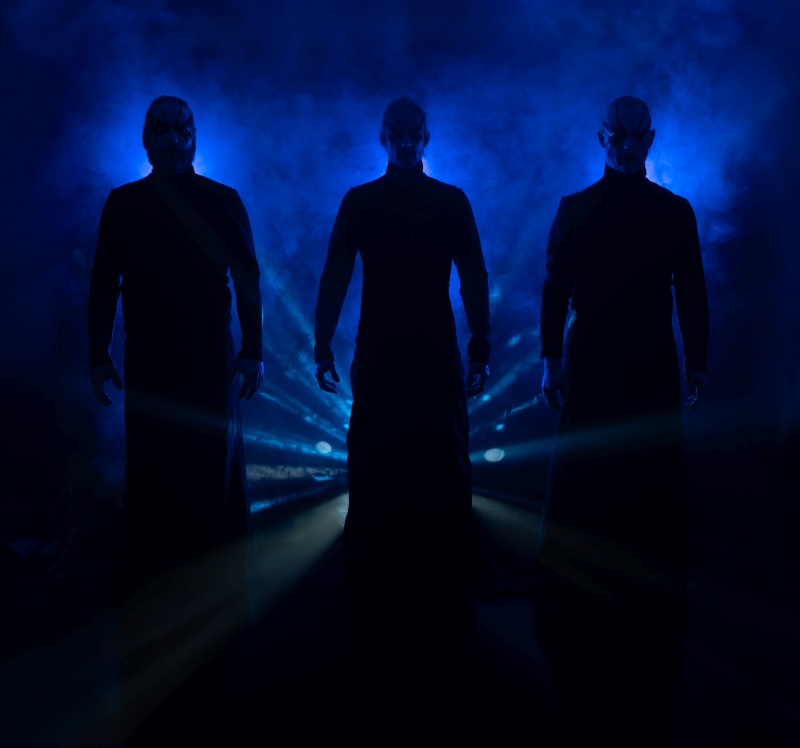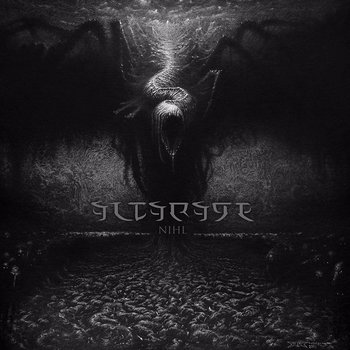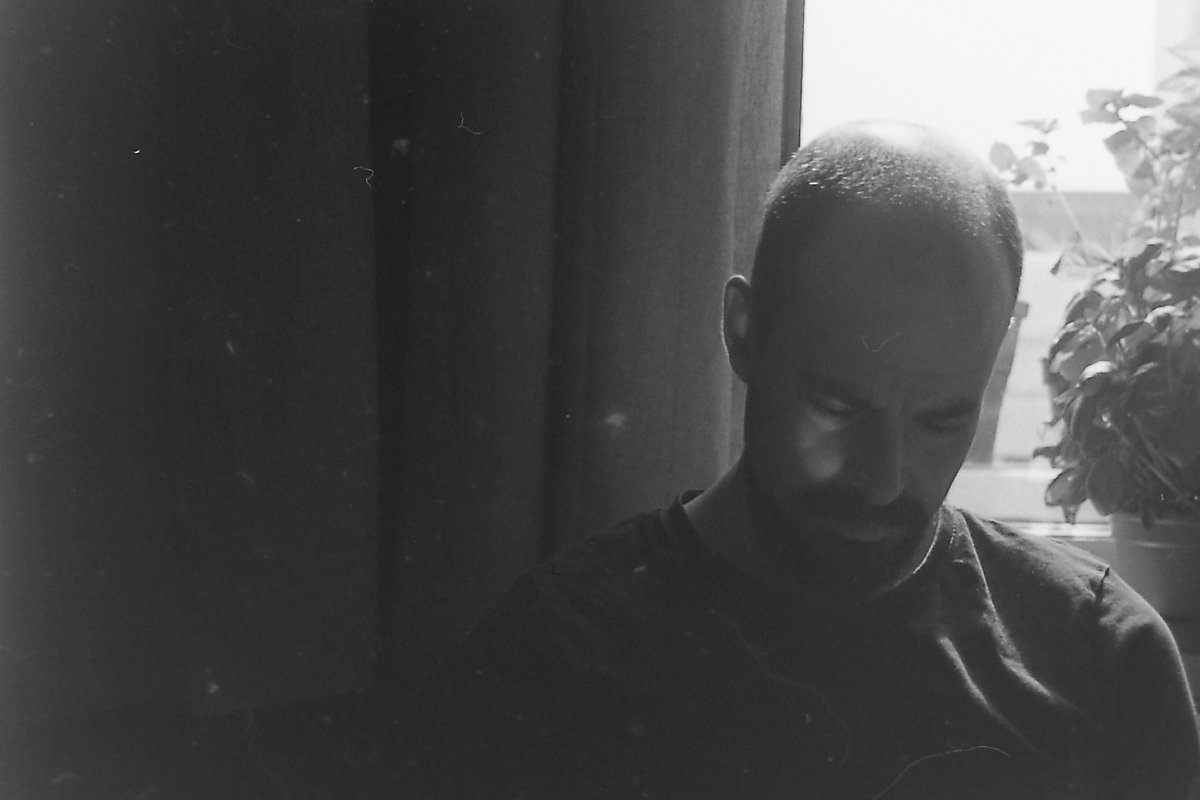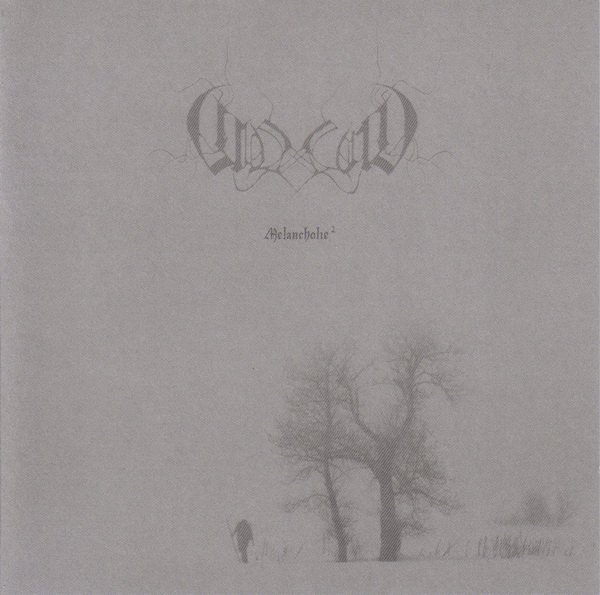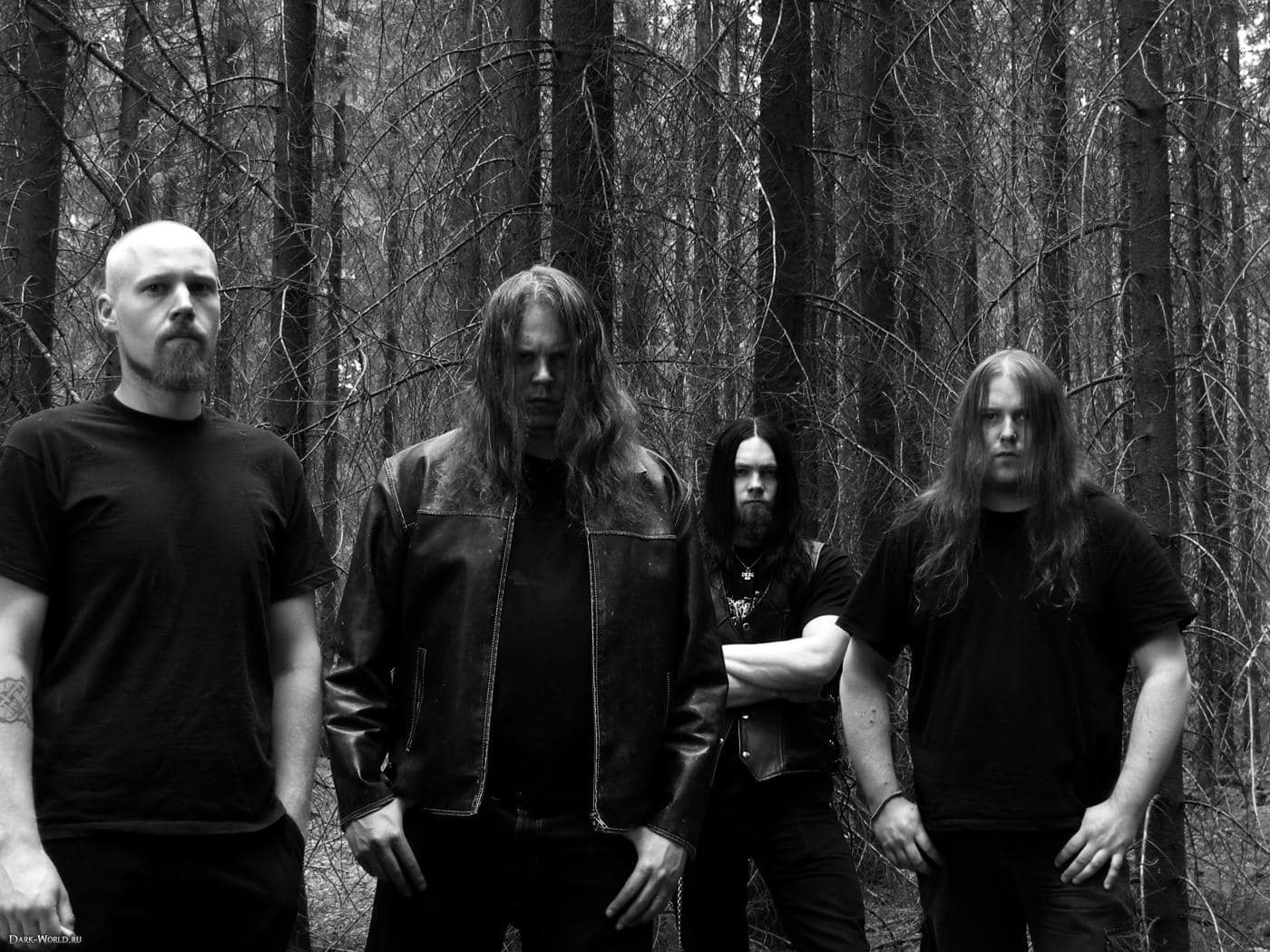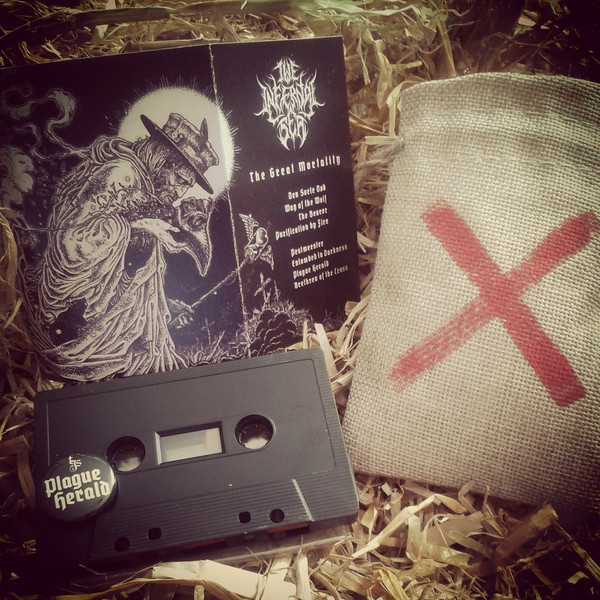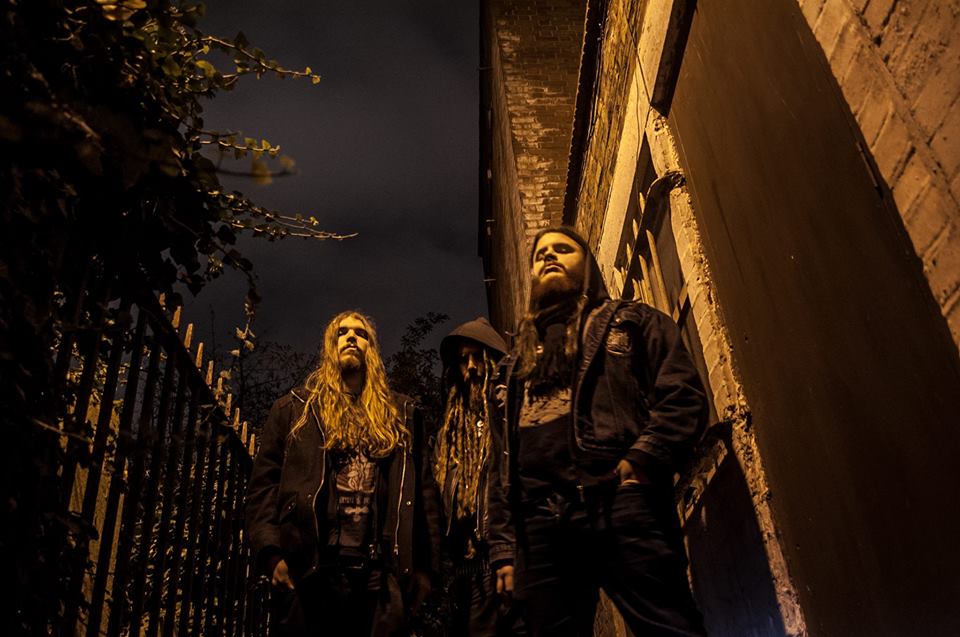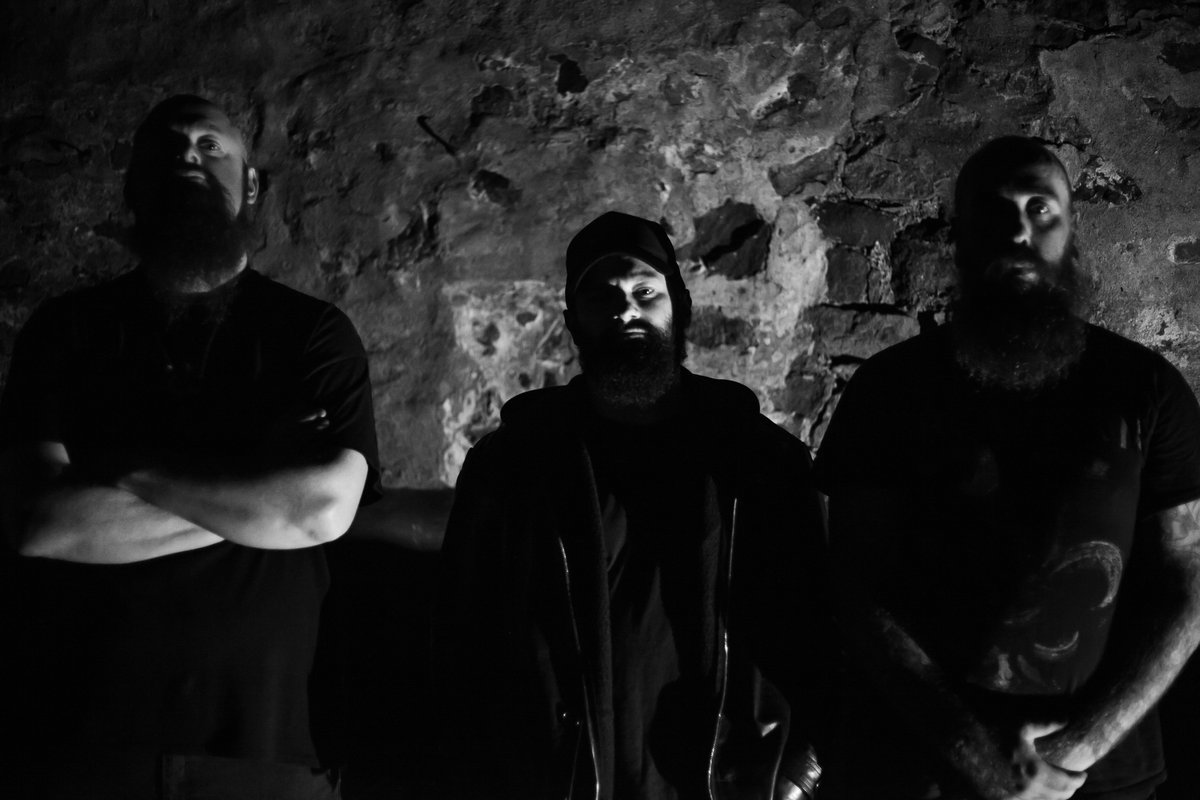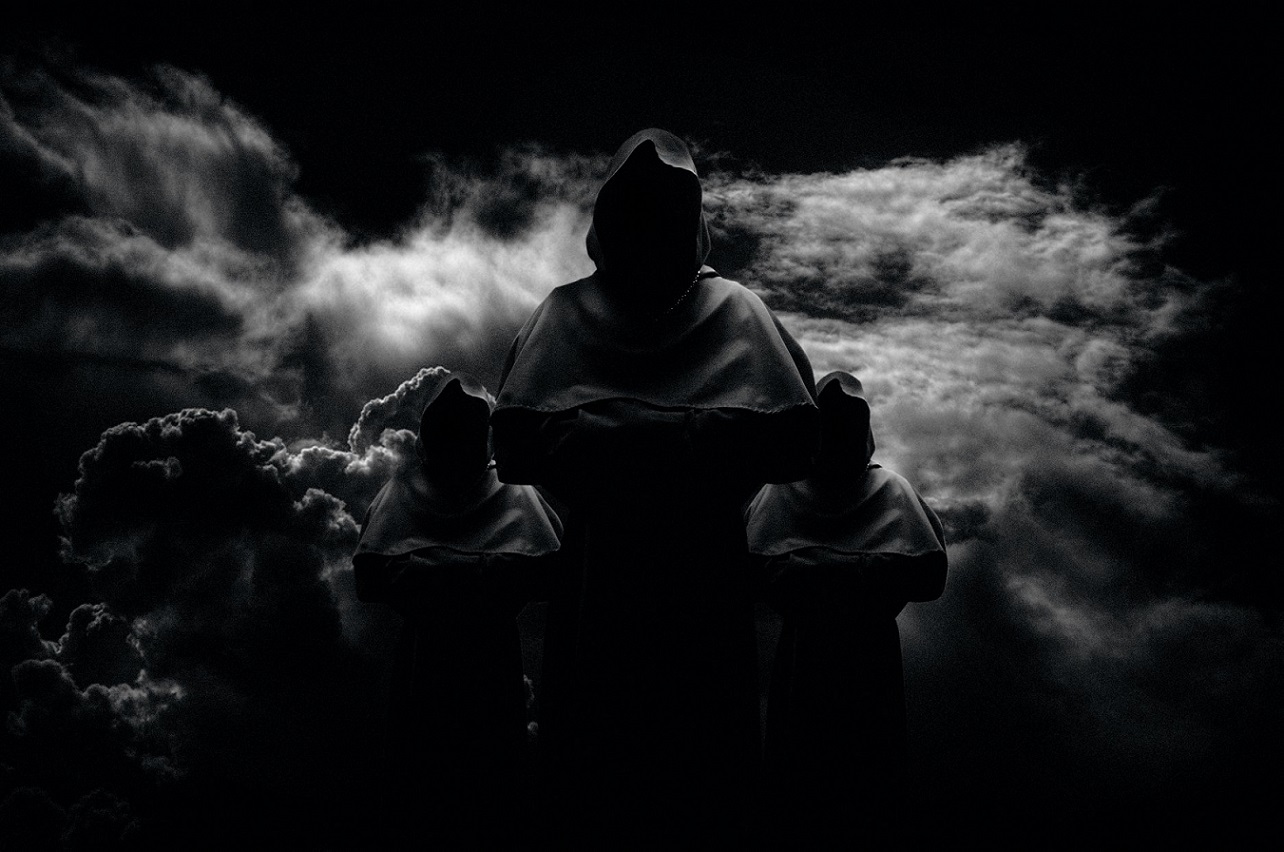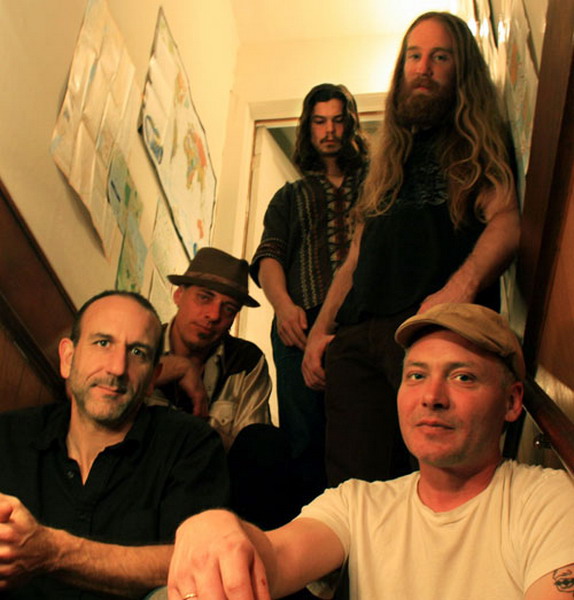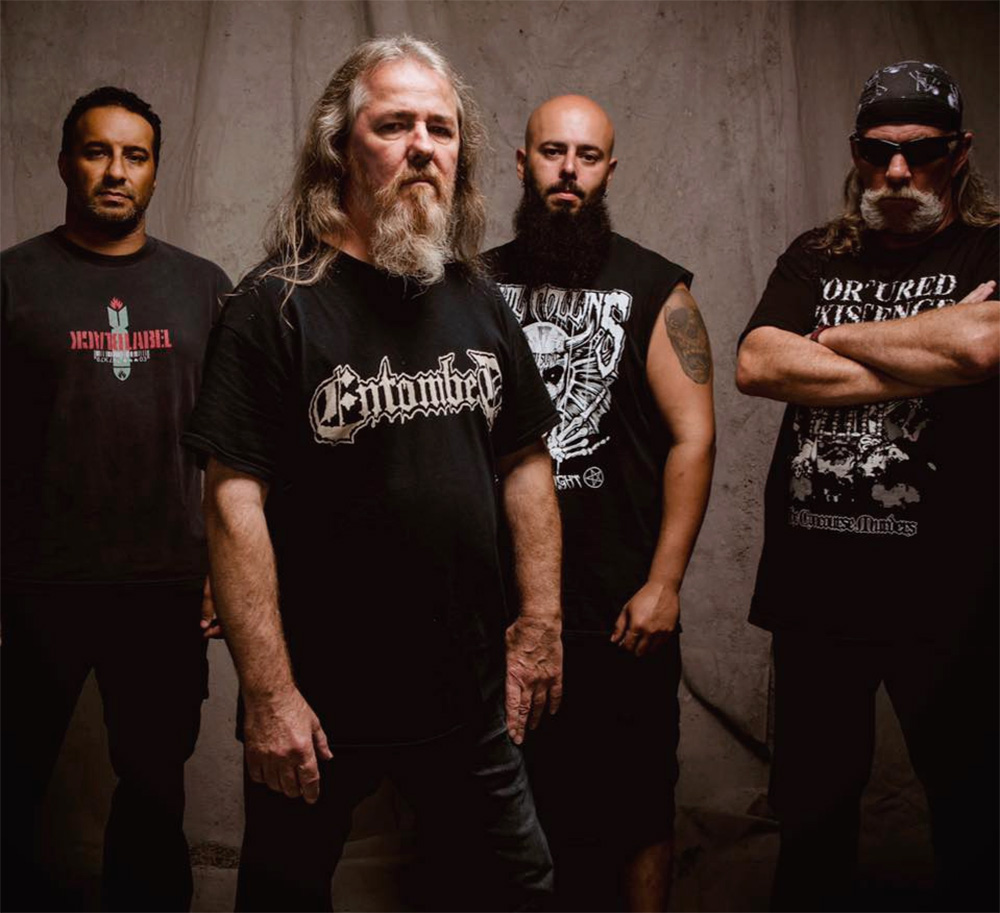
I wouldn't call Demolition Hammer criminally underrated because they're not. Like a lot of just-under-the-surface bands they haven't received the widespread attention - like the Bay Area bands or the Teutonic trio - but that's not to say they've been neglected. At a brief glance - at a time when Metallica and their friends had watered down their sound, at a time when Pantera shook off their glam-rags in favor of fuck-off biker-garb and at a time when Sepultura moved towards their nu-metal roots - perhaps the aggressive and pummeling thrash had lost steam and chugged to stagnancy. But, as there always is, bands like Demolition Hammer along with the likes of Morbid Saint, Exhorder, Dark Angel, Solstice, Sadus and many more, continued - even intensifying - the thrash sound that sent shock-waves through the 80's.
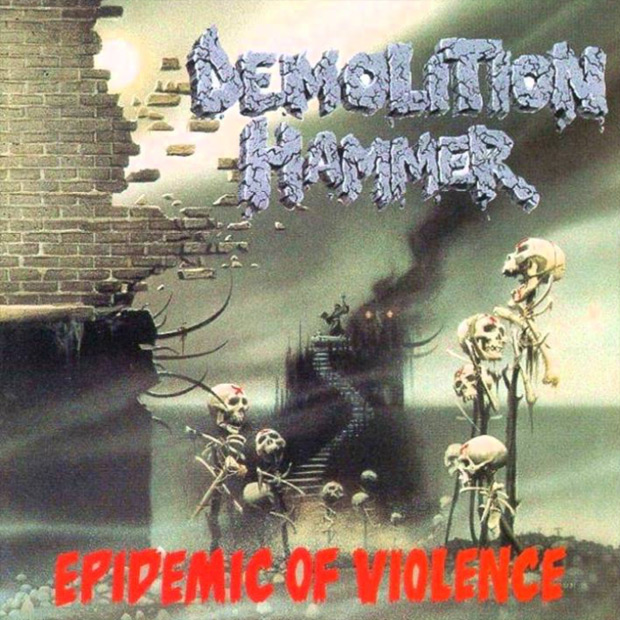
With three albums, 1990's Tortured Existence, 1992's Epidemic of Violence and 1994's (not so good) Time Bomb, Demolition Hammer - straight outta Com...The Bronx - steamrolled into the 90's turbocharged, leaving grunge and groove and arena-rock mediocrity in their wake, choking on the fumes. Their sound is thrash with the chunkiness of death-metal, a hybrid fueled by a complete fuck-off D.I.Y no-nonsense approach - their awful album artwork, a tradition in thrash, particularly good thrash for some reason, is testament to this. Epidemic of Violence, the best of the three, is one of the most headbang-able albums, with mostly throttling riffs mixed up with the occasional death-metal chug and mid to fast-paced groove. Lyrically it also leans more towards the gory and ultra-violent, more Carcass and Autopsy than Metallica.
The vocals are, as screamed in 'Skull Fracturing Nightmare', gruesome tools of torture; once again the death-metal hybrid is brought to the fore, the vocals inherently more gruesome and nasty. The drumming is just one of the great things about this album; Vinny Daze's (who died in 1996 after being poisoned by a globefish - I presume after eating one - after attending a tattoo convention in Japan) drumming is a frenzied and unmerciful assault that never lets up. The solos are also great and I like that they retain a certain melody rather than spiraling into noisy wailing (Slayer). I don't know why I keep comparing them with Carcass, but the solos have a much more thrashy Bill Steer-esque quality in my opinion, which is a great thing. Most importantly, Demolition Hammer had an intensity, aggression and mad energy that the best thrash bands had in abundance.

